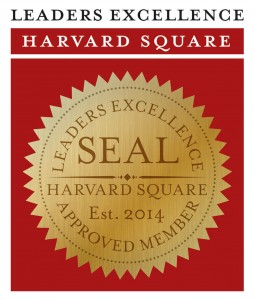Middle managers are usually in charge of teams. Managing teams is difficult but rewarding. Teams are made up of individuals who have to learn to work together as a single unit. Teammates often go through a difficult adjustment period before they reach their optimal level of performance. Fortunately, the right leadership will enhance the effectiveness of teams.
The Good and the Bad of Using Teams
Like everything else there are good elements and bad elements associated with using teams. Before setting up a team, determine if you are able to handle the bad and the good.
Good:
- Work is faster.
- Work is more efficient.
- More ideas are generated.
- There is more consistent feedback.
- Teammates teach each other.
- Accuracy improves.
Bad:
- Teams are as strong as their weakest members.
- Differences in interests make unity difficult.
- The environment can become political.
- Personality conflicts cause problems.
- Leaders need to motivate people.
Kinds of Teams
Each team is different. There are five kinds of teams recognized in modern business.
Five Teams:
- Informal: These are more like friendly associations that work together. Leaders are not necessarily appointed.
- Traditional: These are assigned teams with clear leaders such as department heads.
- Problem-solving: Temporary teams that are brought together for a specific purpose or project are problem-solving teams.
- Leadership: Teams made up of people in authority are leadership teams. Councils and committees are examples of leadership teams.
- Virtual: This is a new team. It is comprised of members who do not work in the same geographic locations and meet virtually.
Work Team Characteristics
Effective teams share certain characteristics. Middle managers need to be familiar with the characteristics of effective teams in order to create a working team.
Characteristics:
- Direction: The goals and direction of the team are clear.
- Expectations: Team members understand what is expected of them.
- Qualified members: Members are qualified to complete their assignments.
- Practical procedures: The procedures are clear and relevant.
- Strong internal relationships: Team members work together and respect the diversity of the group.
- Shared responsibility: The projects are the responsibility of the group.
- Strong external relationships: Members work to educate employees outside their team.
Enhancing Work Team Effectiveness
Every team has difficulties. Like any other relationship, team members will have their good times and bad. Managers, however, can take a few steps to enhance the effectiveness of the team.
Steps:
- Communicate clearly: Communicate the roles and expectations clearly and respectfully.
- Choose members carefully: Have team members work on jobs that cater to their strengths.
- Lead by example: Set the tone for appropriate behavior and communication. Foster trust within the team.
- Evaluate: Evaluate the effectiveness of the team, and make any necessary adjustments.





